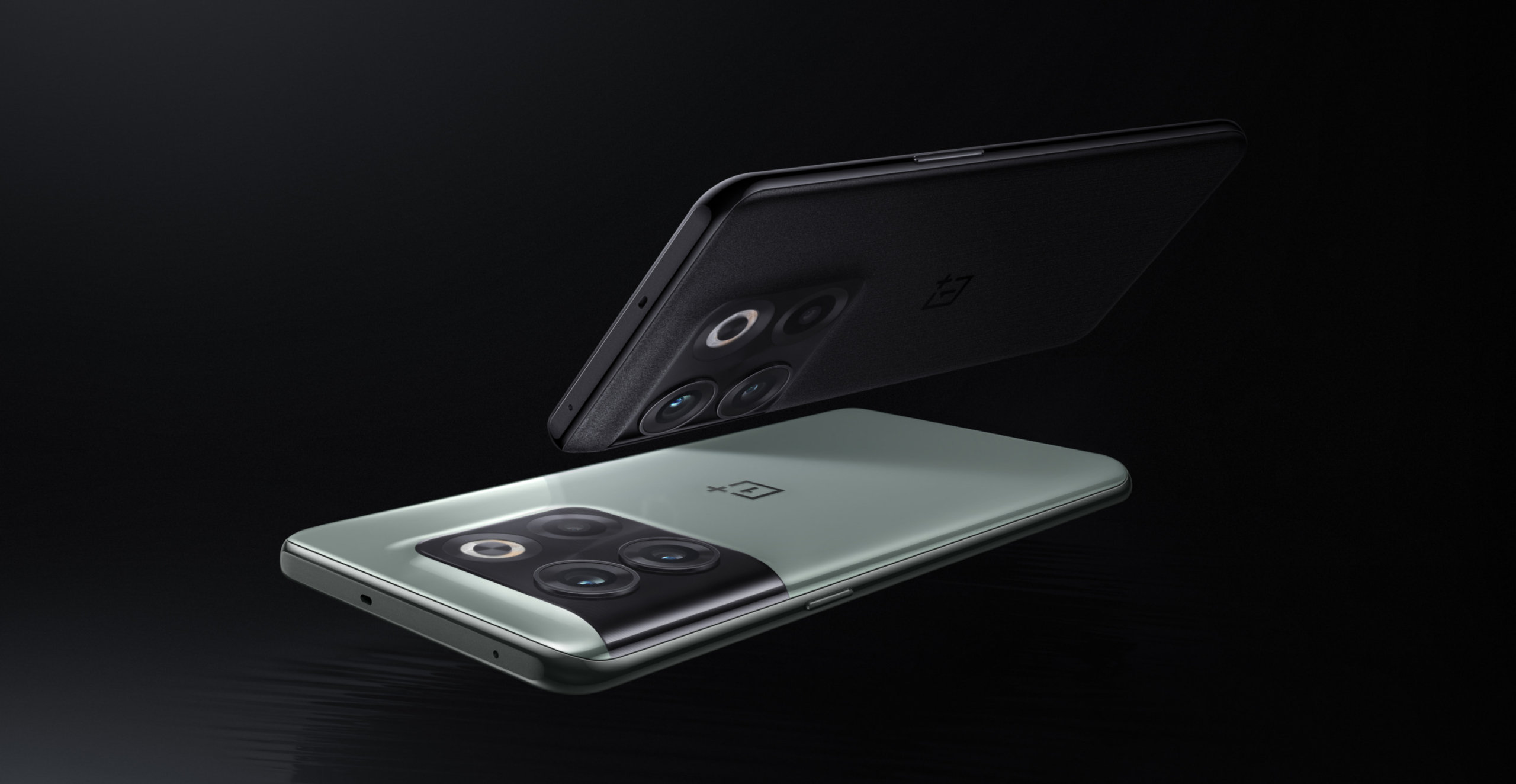Is the new OnePlus 10T 5G the right mix of glitz and cost?
Like the t-shirt workout, which prioritizes exercises that boost appearance over conditioning, OnePlus has blended some outwardly sexy marquee specs with subtle cost-cutting to come up with its new 10T 5G smartphone. Is the unique approach enough to help revive the ailing mid-priced smartphone market?
To find out, I’ve been testing the 10T, which is available starting today (Sept 29) in the US through Amazon, Best Buy, OnePlus and T-Mobile. Here’s what I found:
Chest and Biceps
There’s no denying that the latest from the fast-growing nine-year-old smartphone maker is a head-turner. The OnePlus 10T 5G is long and lean, with a big, bright display, a beefy battery and the brawniest chipset around, the just-released Qualcomm Snapdragon 8+ Gen 1. In addition to its veritable six-pack abs, the smartphone also ships with a supercharger so fast that watching the 10T 5G charge is actually not like watching paint dry.
Taken by themselves, the 10T specs fill out a t-shirt so well they telegraph a premium smartphone in the $1,000 range. Consider that it includes:
- A 6.7-inch display, compared to 6.1 inches for many mid-tier smartphones,
- A 4800mAh battery (versus 3700mAh),
- Wi-Fi 6 v Wi-Fi 5,
- A one-of-a-kind 125W supercharger that adds a day’s charge in just 10 minutes, and
- Three rear-facing cameras, with a 50MP lens on center stage, and a 16MP front-facing camera.
But spend a little time with the 10T, which starts at $649, and you’ll see where OnePlus cut its proverbial workout short to hit the lower price point.
Scrawny little legs
Some of the cost cutting moves might make you wonder why others haven’t tried the same approach. Despite the uber-fast charging, for example, the USB-C port into the 10T is compatible with USB 2.0, not 3.x like most smartphones today. That translates into much slower data transfers over cable, should you ever decide to do that.
The 10T also lacks wireless charging, which could cramp your style if you’re accustomed to dropping your phone on a Qi charger.
As well, the new phone is rated IP54, which means it will operate in dusty areas, but it’s not dustproof. And while it can handle splashes, it is not built to be submerged. Most premium phones are rated IP68, which means they’ll survive a fall into shallow water. And they’re dustproof.
But perhaps the most consequential shortcut is that it only supports sub-6GHz 5G spectrum, not mmWave. Sub-6GHz channels offer much better range than mmWave, but at much slower speeds.
The 10T works on all three major networks. But it’s a particularly good fit today with the T-Mobile network, which is predominantly sub-6GHz . And over time, all carriers will offer a mix of both sub-6GHz and mmWave to get the best of both. Which means that the 10T will start showing its age sooner than premium smartphones that support both bands.
Swipe left or right?
So is the OnePlus 10T 5G full of fatal flaws? Or is there enough eye candy to make up for some tolerable shortcomings you can live with?
I found it to be the latter. I like the 10T. It looks and acts like a premium smartphone today. But without full 5G support, the skinny little legs that are easy to overlook today may start to become more prominent a few years down the road. On the other hand, you did save a few hundred dollars today.

